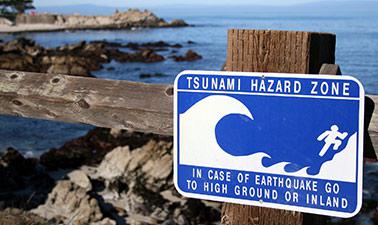3D GIS
About this Course
Maps are graphic representations of reality and help us understand and navigate the world around us. Maps can incorporate third dimension through contours, hillshading (3D modeling), and profile views. In this course you will learn fundamentals of third dimension (3D) GIS concepts and tools to visualize, analyze, and interpret geospatial data in 3D, enabling you to reveal patterns and relationships for more effective problem-solving and decision making. When the data include the third dimension, ArcGIS Scene allows us to navigate through the data in 3D space. This makes the data and the problem more understandable and reveals new visual insights. Visualizing and processing the data in 3D allows us to include real-world elements in the analysis such as undulation of terrain and 3D extent of trees, building, and subsurface geology. Our world is three dimensional and many GIS applications now require 3D analysis. Esri’s ArcGIS Scene allows us to visualize data on a world sphere. It provides a variety of tools for orientation, navigation, search, data preparation, building workflows and spatial analysis. 3D mapping and visualization is used in a variety of industries and academic disciplines: Monitoring forest stand height and age Volumetric analysis of resource extraction from a mine or water level in a reservoir Watershed delineation to assess inundation risk, land management, environmental monitoring Verified track learners will receive one-year ArcGIS Pro Desktop (Windows) license with support only for tools used in the course in addition to unlimited course access and a verified certificate. Sign up for this online course or full GIS Essentials certificate today to expand your skillset in geographic information systems.Created by: University of Alaska Fairbanks
Level: Intermediate

Related Online Courses
In 2011, a magnitude 9.0 earthquake triggered a major tsunami that devastated northeast Japan, killing more than 15,000 people and crippling a nuclear power plant. Natural disasters like this one... more
How can we study the Universe we live in using the only available information it provides us with: light ? This course provides an overview of the physical phenomena at play in the astronomical... more
This course will introduce you to a broad range of methodologies used in the field of machine dynamics. You will learn how to model a vehicle using the fundamentals of mechanics. You will get a... more
Autonomous vehicles, such as self-driving cars, rely critically on an accurate perception of their environment. In this course, we will teach you the fundamentals of multi-object tracking for... more
¡La Química Orgánica está en todas partes! Simplemente nos rodea. ¿Te has dado cuenta que nosotros mismos somos Química Orgánica? Las moléculas biológicas son Química Orgánica. En este curso se i... more








